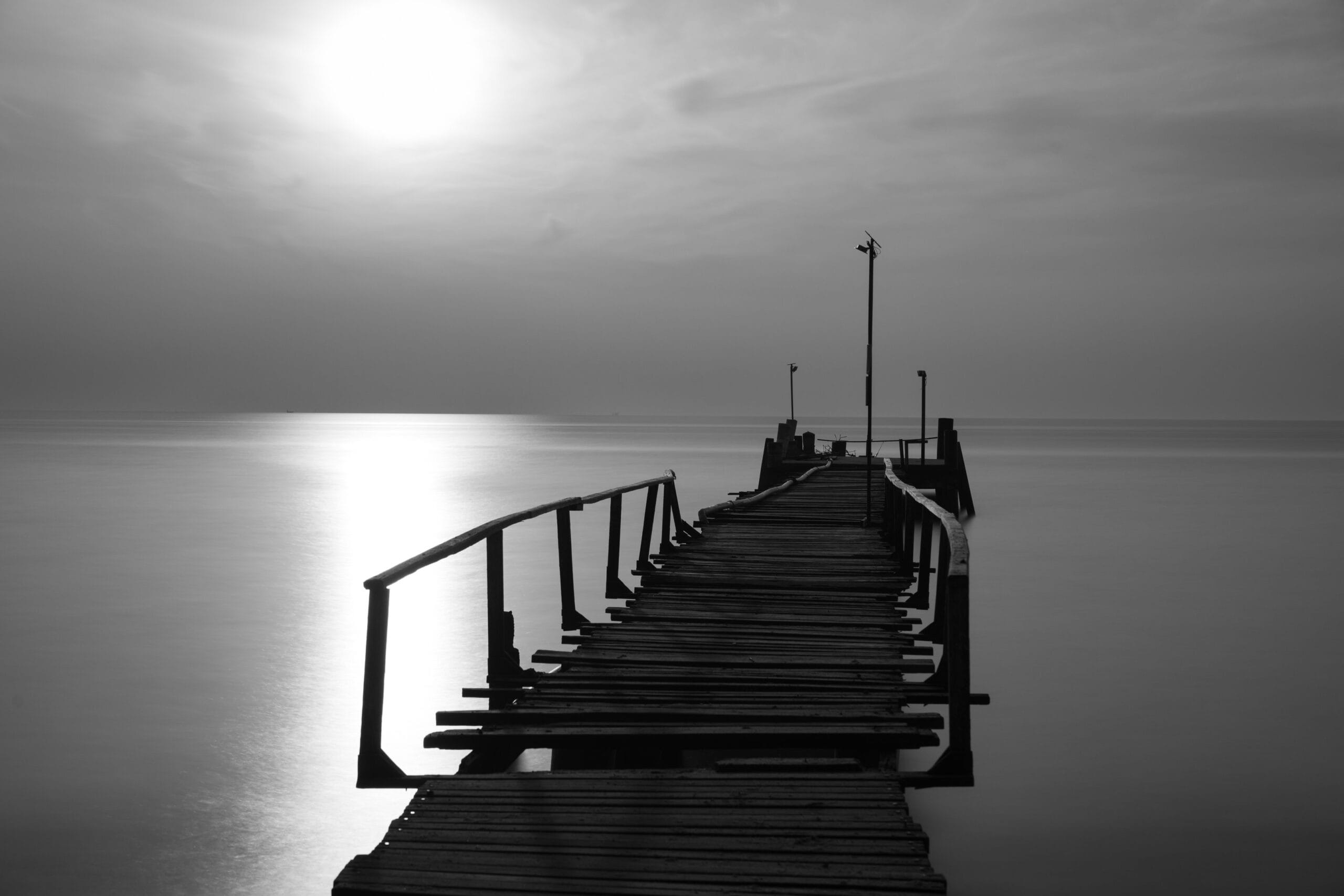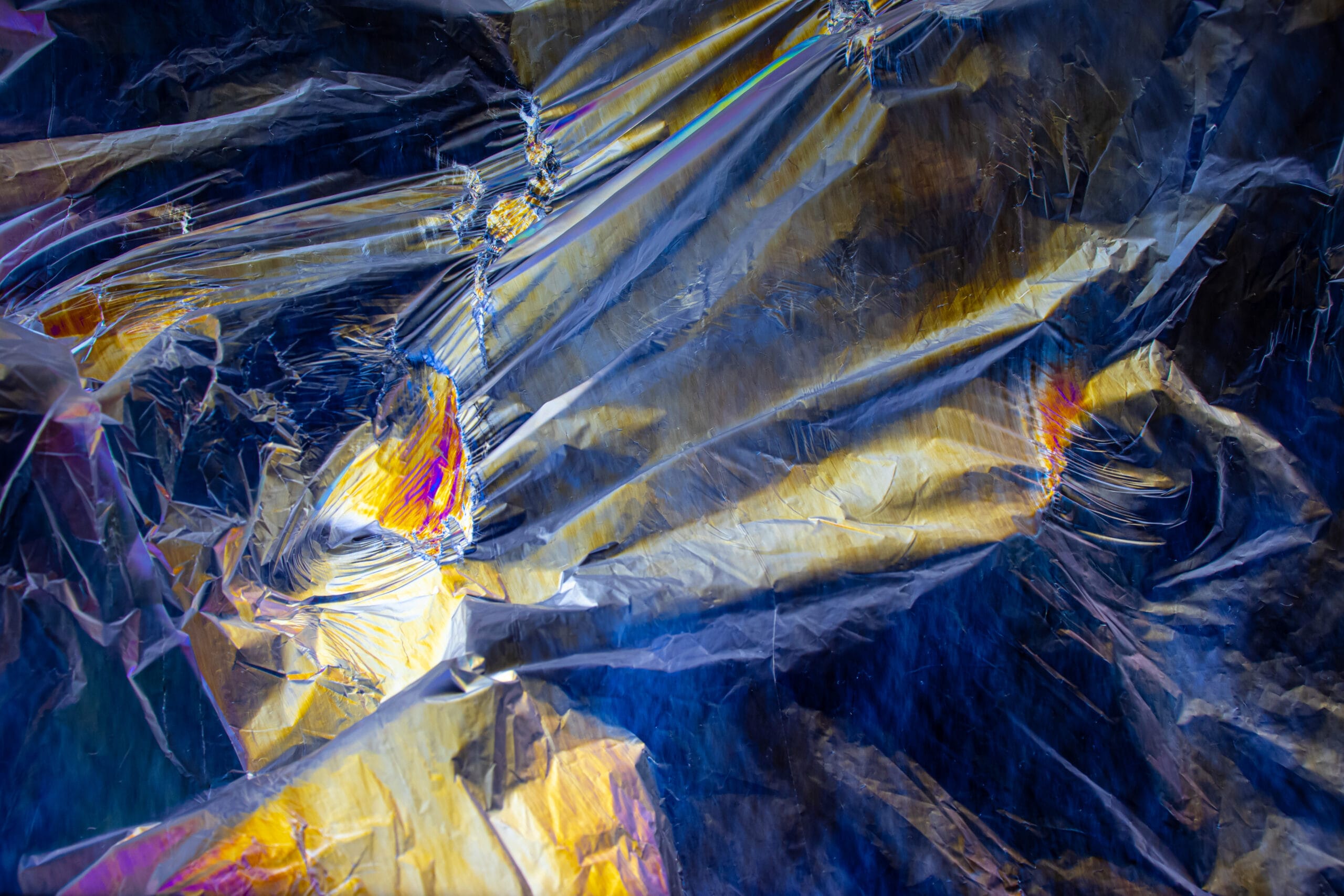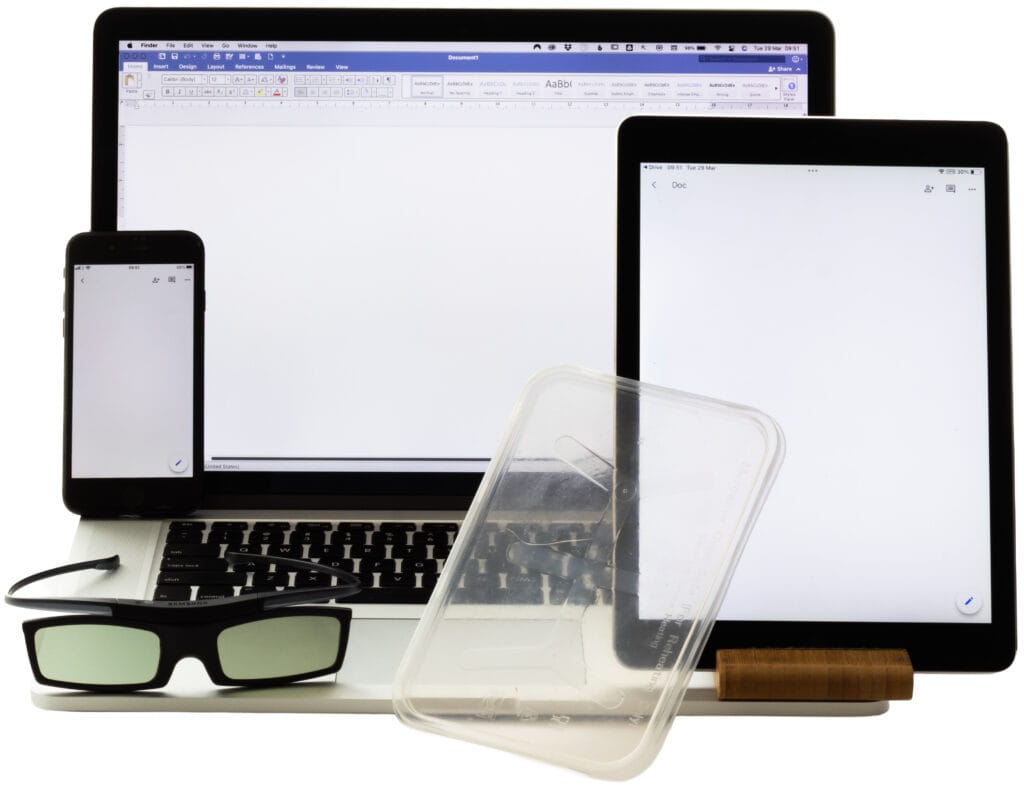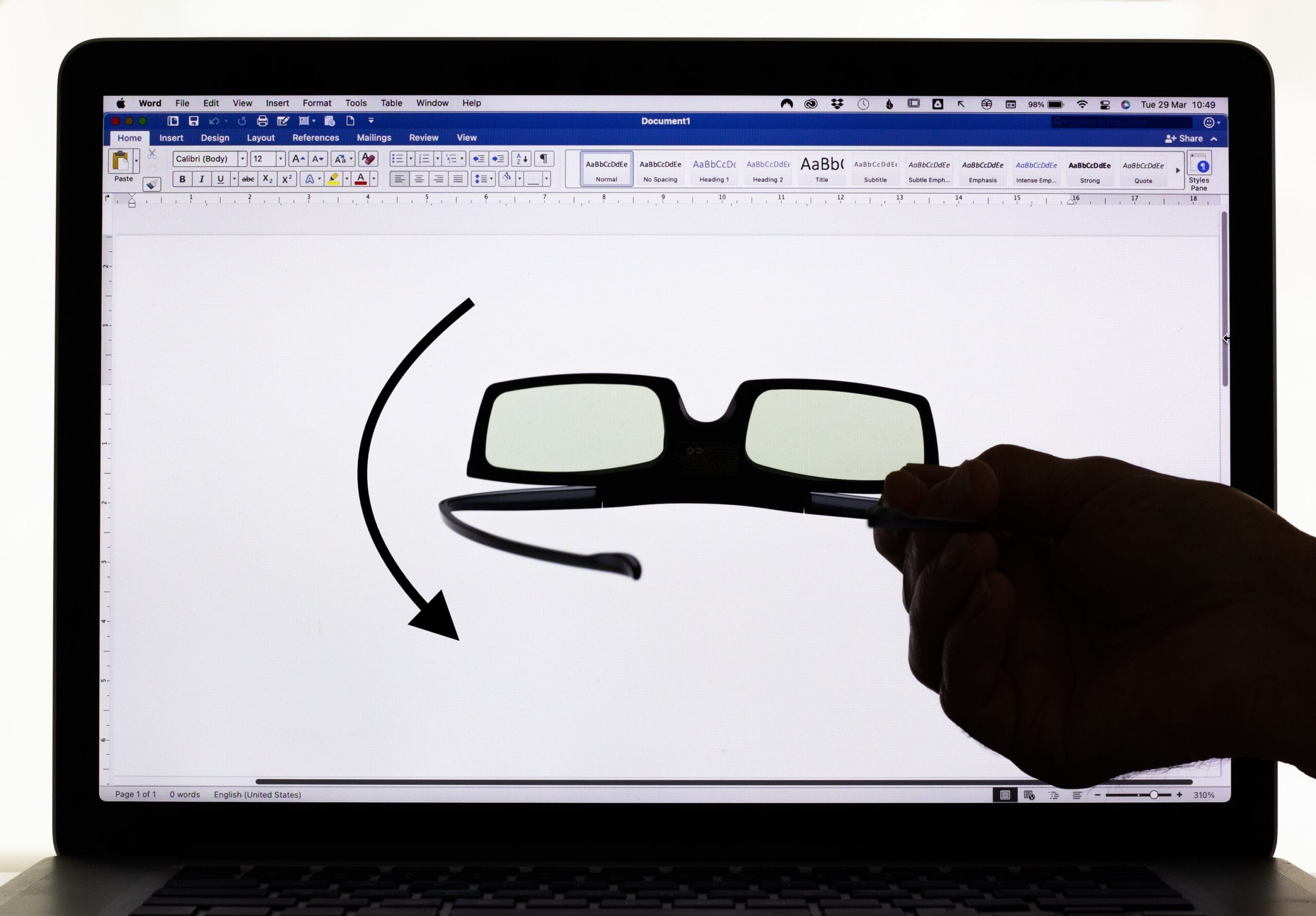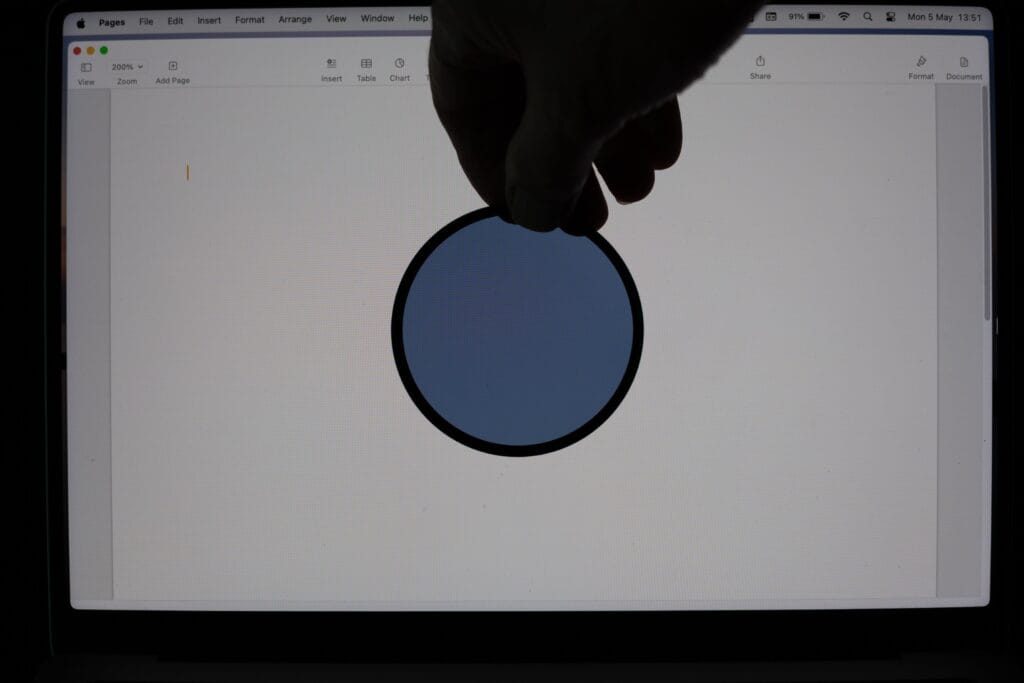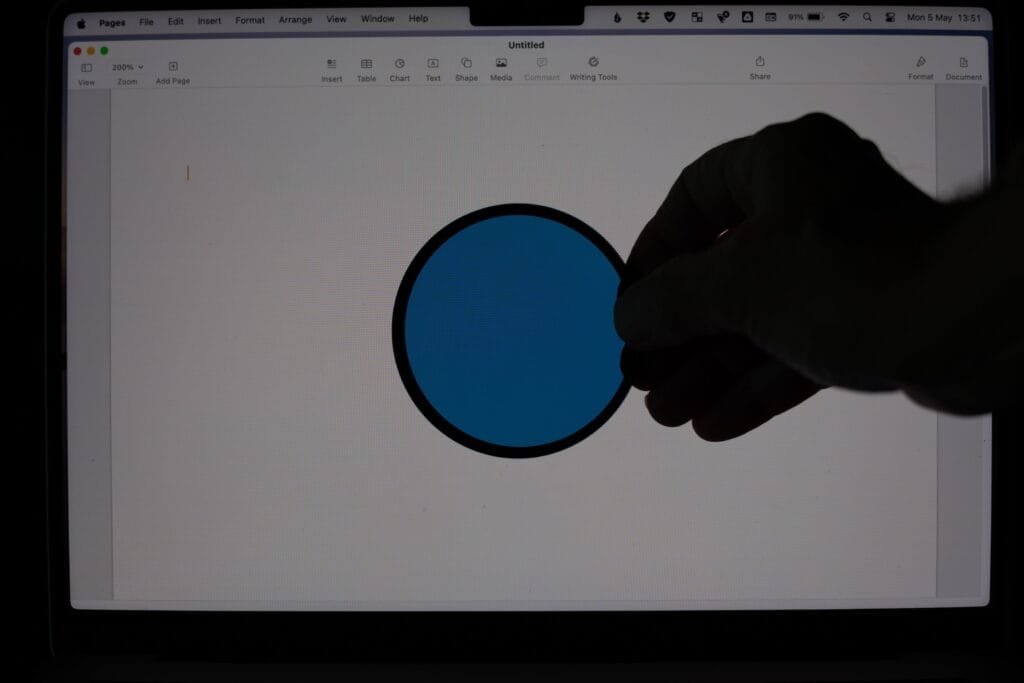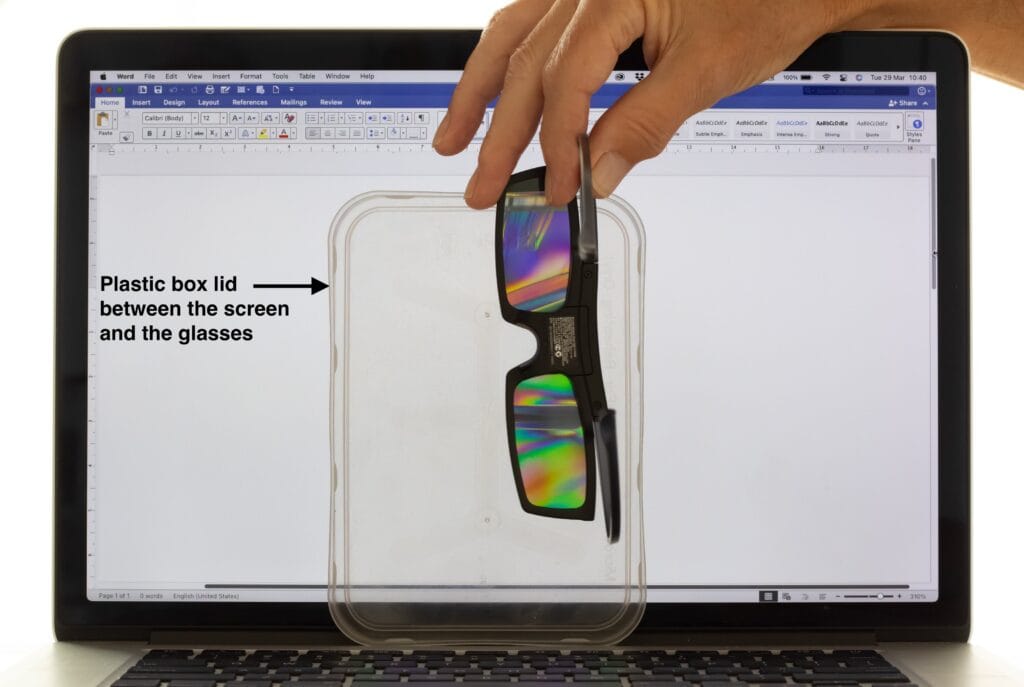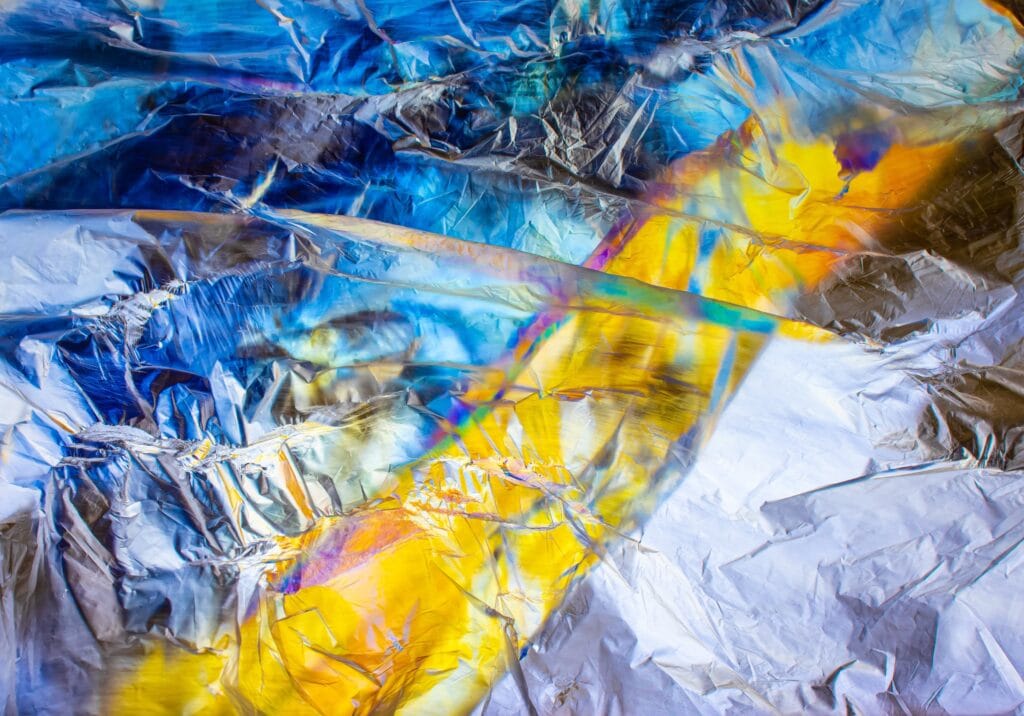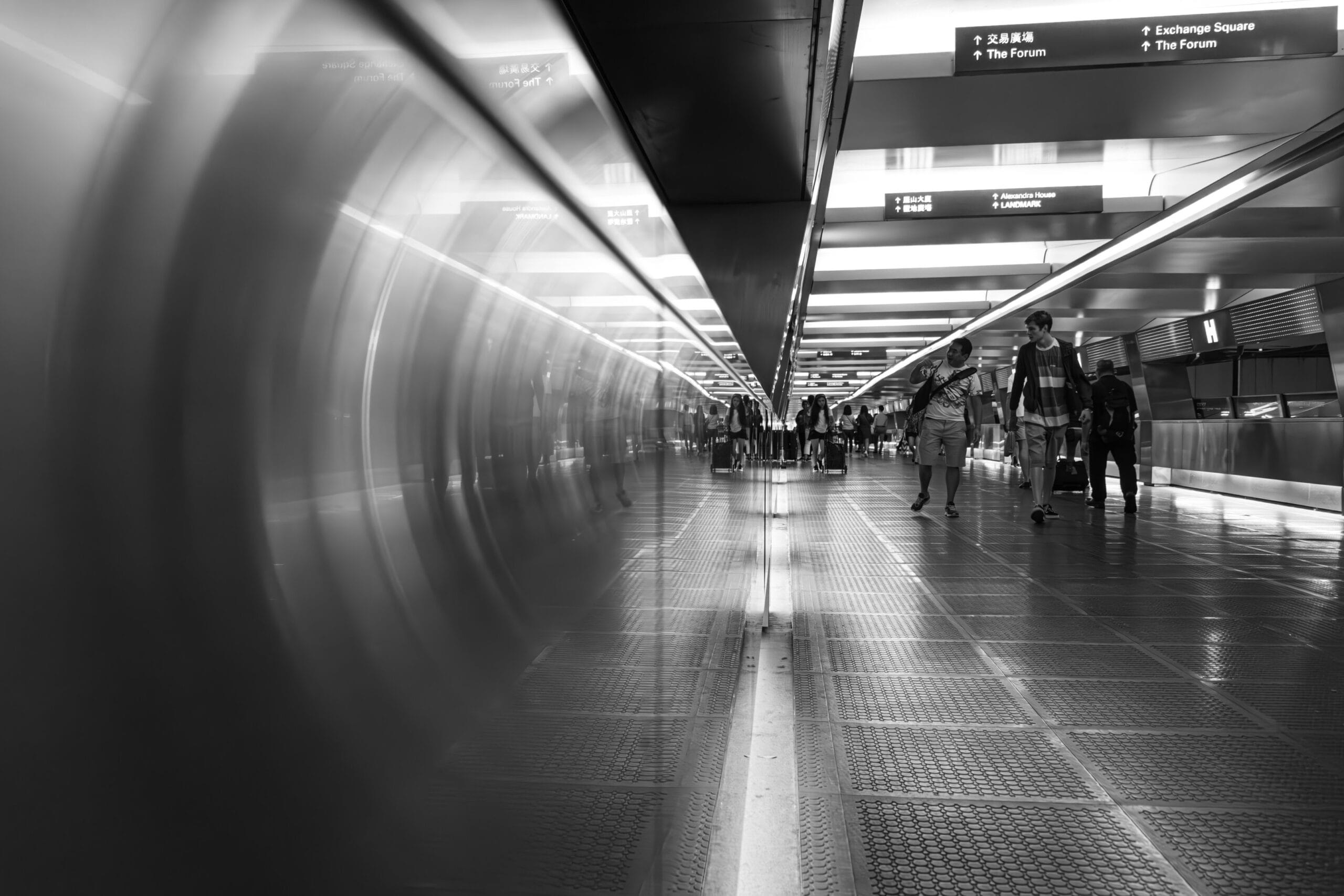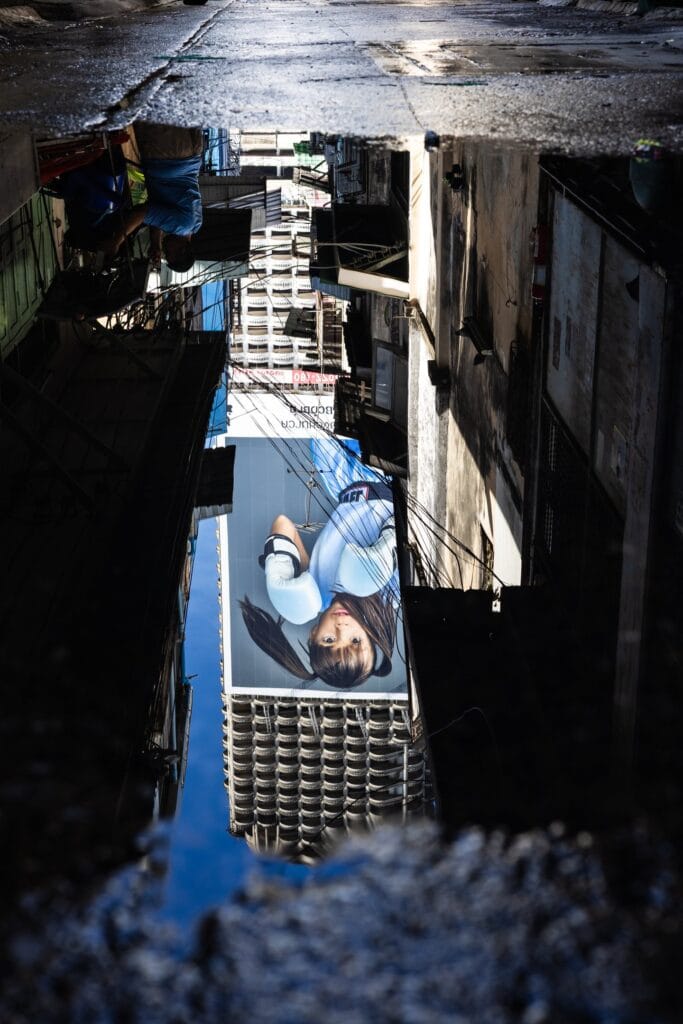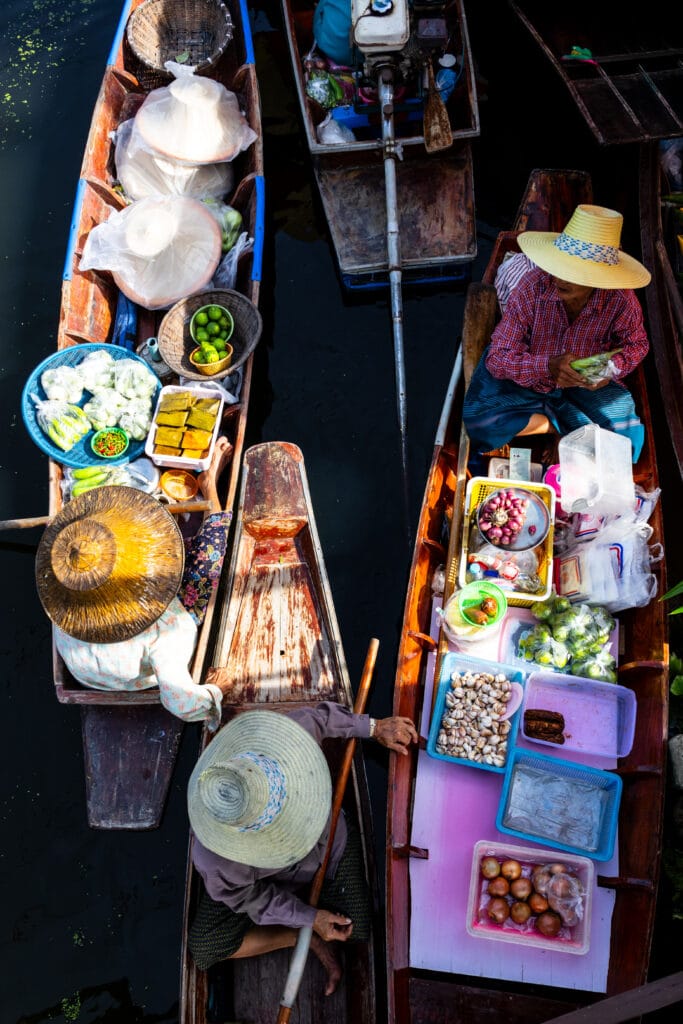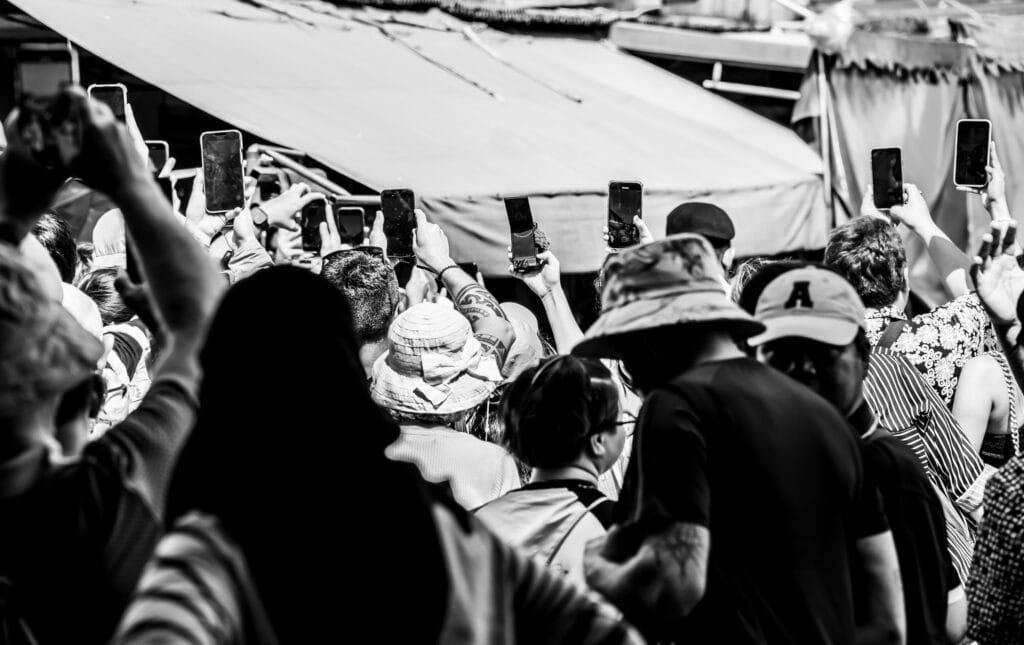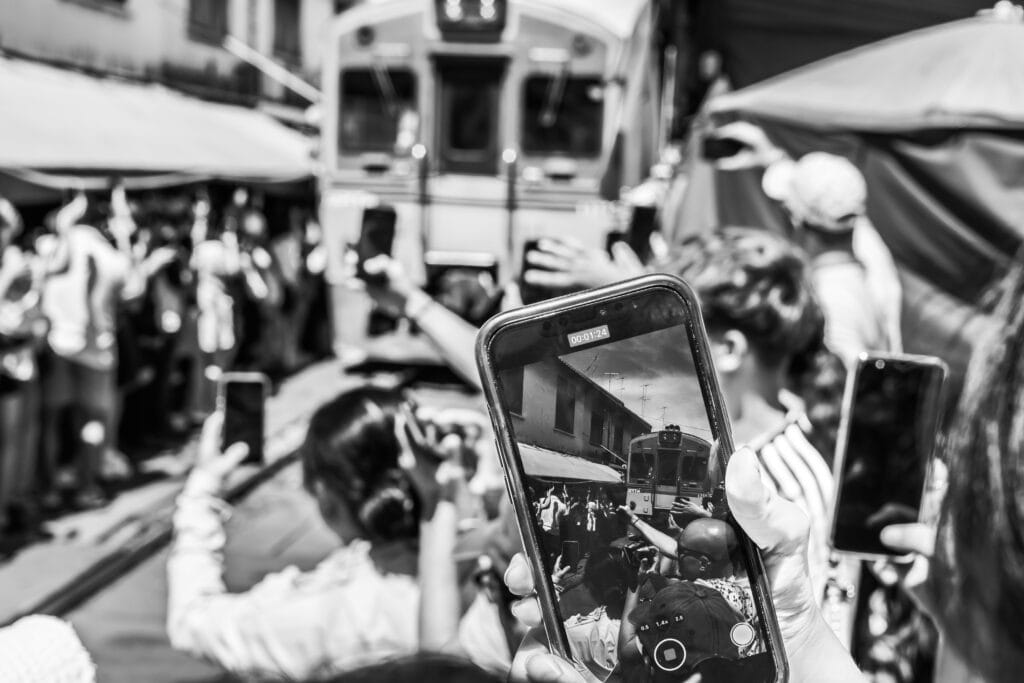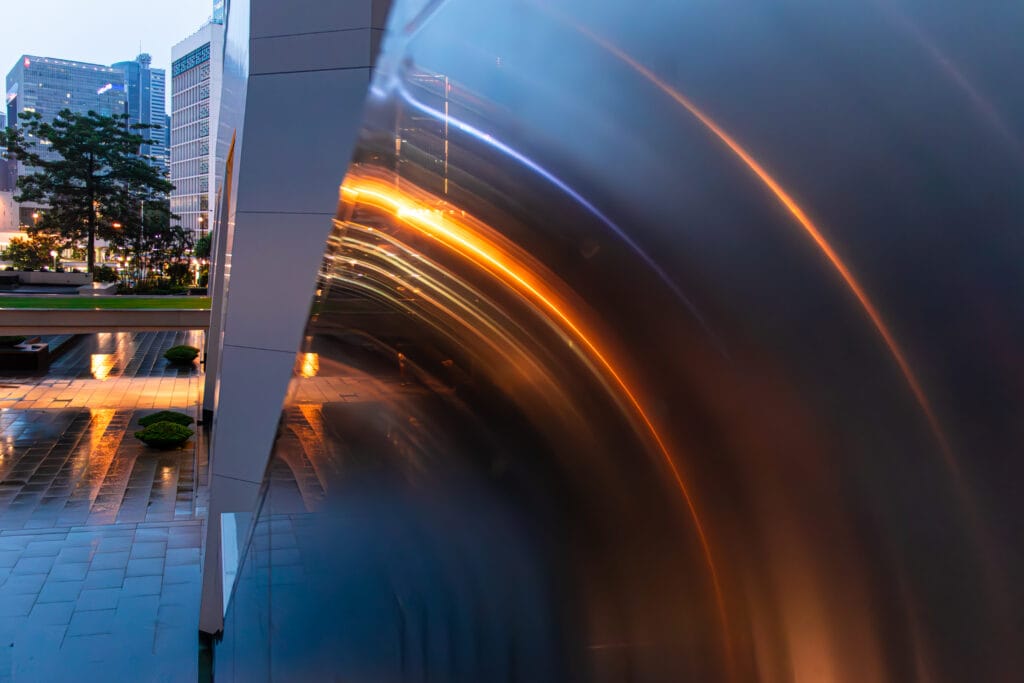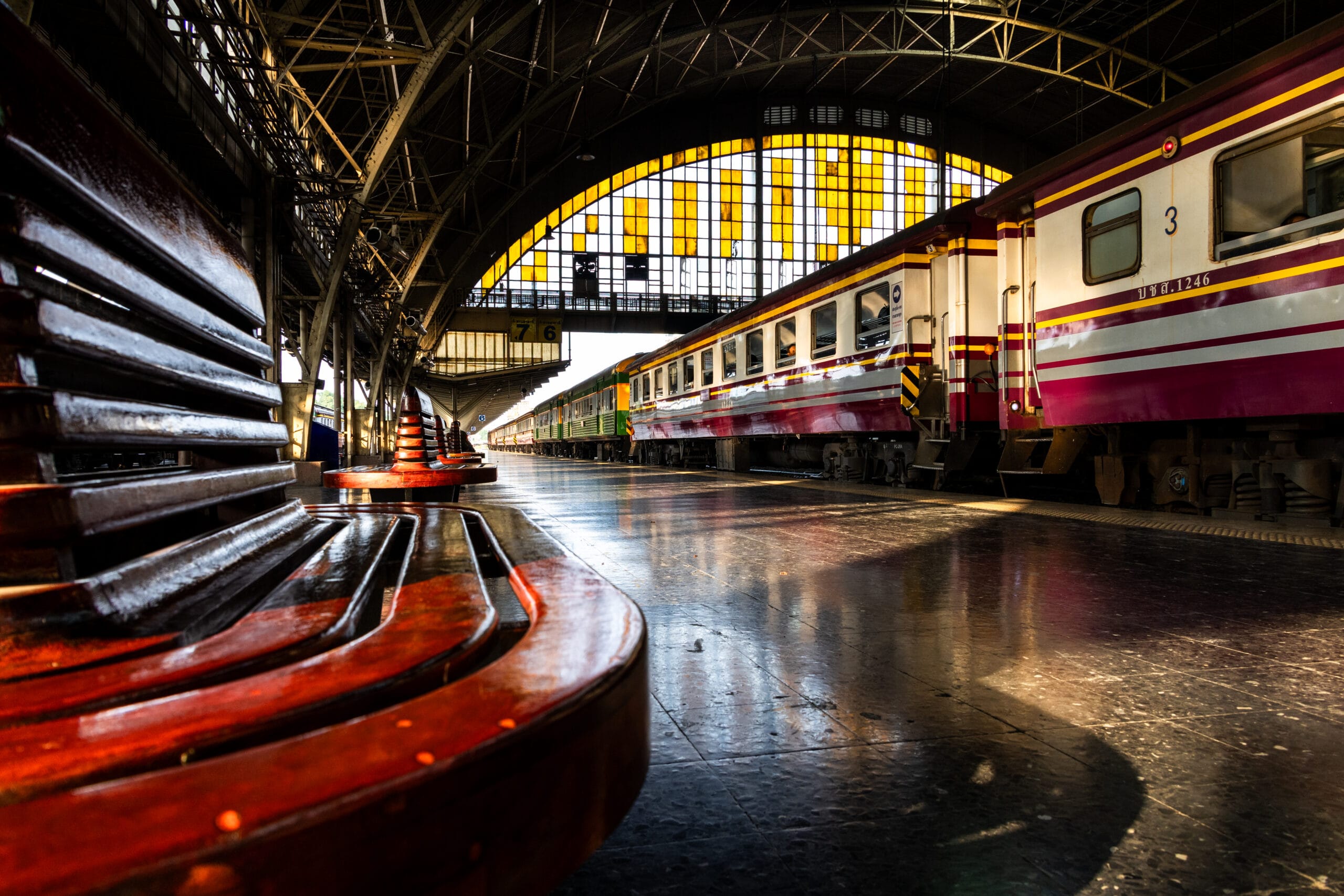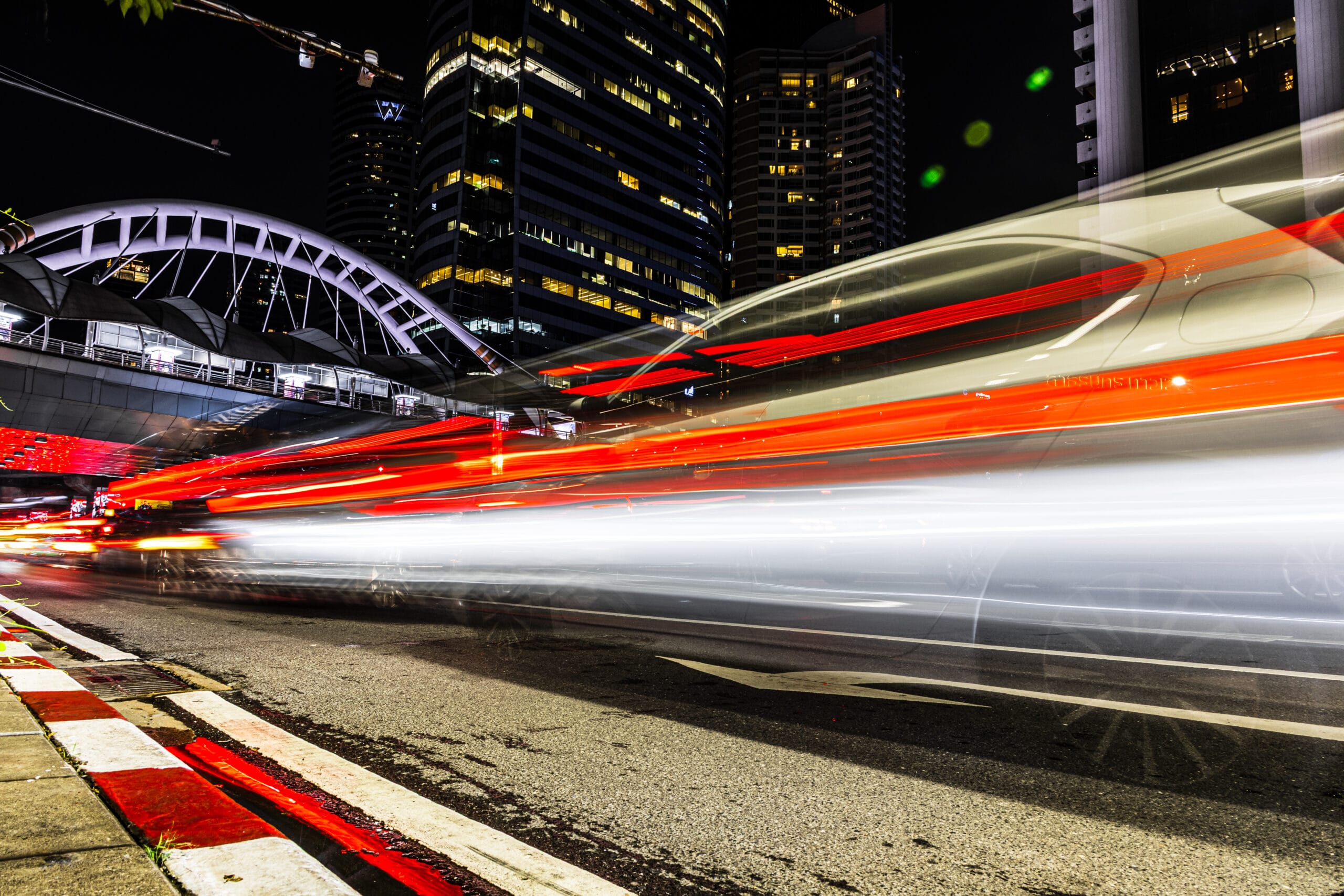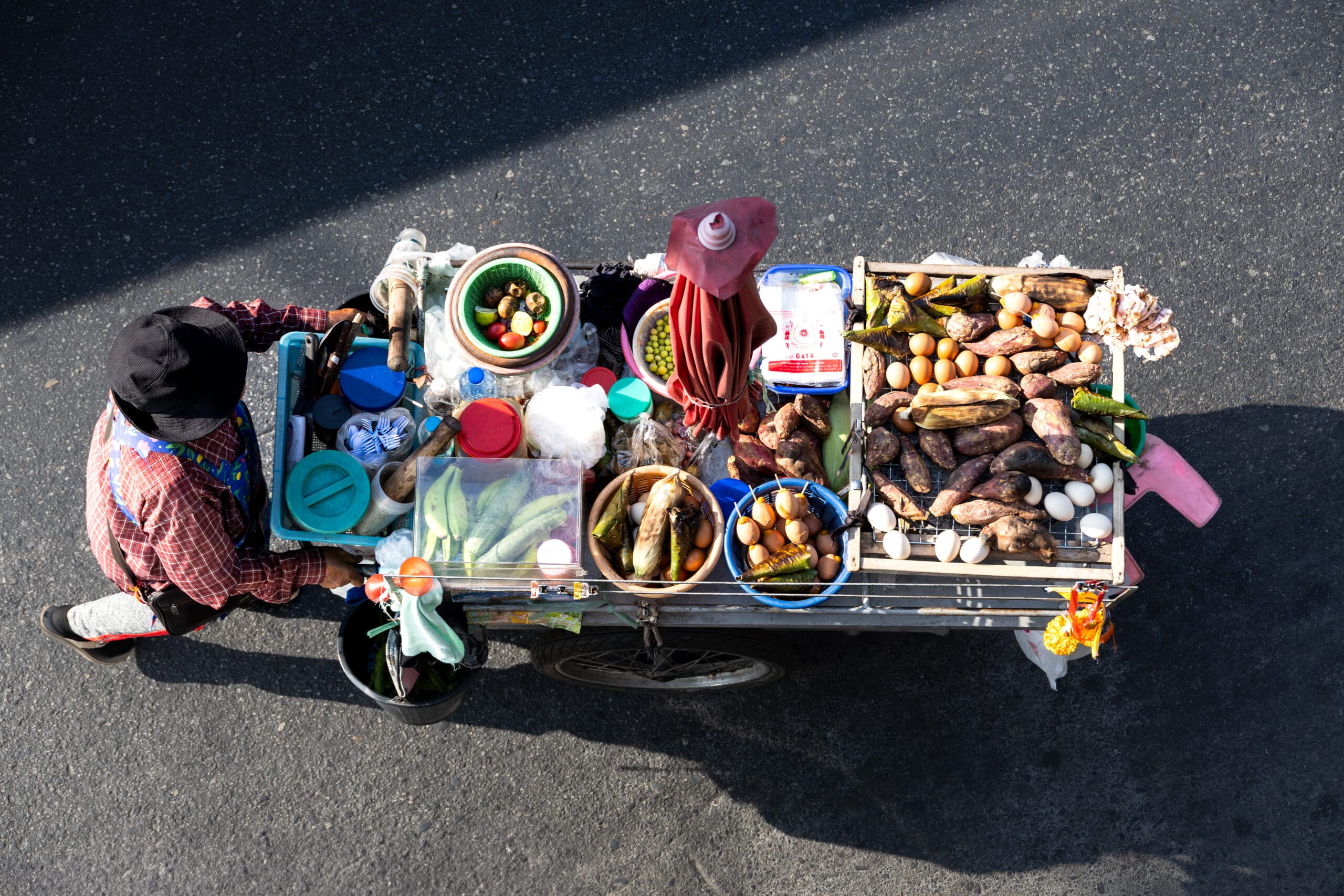Introduction
Koh Samet’s beauty extends beyond its well known beaches. For photographers, the island offers unique, less explored locations perfect for capturing stunning images. This post guides you to one such hidden gem: an old pier that provides an ideal setting for long-exposure photography. Let’s dive straight in!
Directions
Getting to Koh Samet
To get to Koh Samet (or Samed) you need to get to Ban Phe (about 2 1/2 hours drive from Bangkok) on the Thai mainland. Ferries and small speedboats go from here to Nandan port on Koh Samet. There are different options depending on where you are staying on the island. You may find a hotel provides complimentary boat transfer or will organise it for you.
Where to stay
I stayed at the Green Bay Samed Resort on Ao Tin Khok which is ideally placed and also the staff there were very helpful organising a speedboat. The old pier is located at Ao Cho (or Chor) and it would definitely be best to stay on the east coast of Koh Samet particularly if you wish to catch the scene at sunrise. There are many beautiful beaches and plenty of hotel options on this side of the island.
The walk to the pier
Starting from Ao Hin Khok there is a lovely coastal path which follows the beaches and headlands south. It took me about 30 min walking in the dark to reach Ao Cho.
Exploring further
I did venture a bit further south along the coastal path as far as Ao Wong Duean where there is a floating pontoon pier which is obviously no good for this type of long exposure. That’s as far as I went but some maps do indicate there are more piers of some kind at beaches continuing on south.
Map
The map below shows part of the north east coast of Koh Samet.
Key
1️⃣ Green bay Samed Resort at Ao Hin Khok
2️⃣ The old wooden pier at Ao Cho
Wrapping up
I hope you found this post helpful and you get a chance to explore this area, managing to get some great long exposure photographs. Feel free to share your own experiences in the comments below.
As always if you find any errors in this post I would be very grateful if you would drop me a comment below.
Best wishes
Derek
